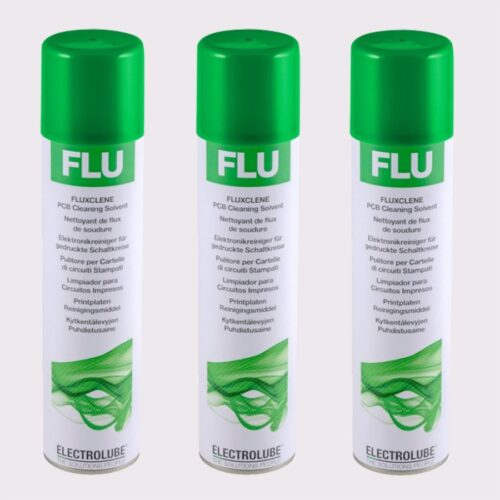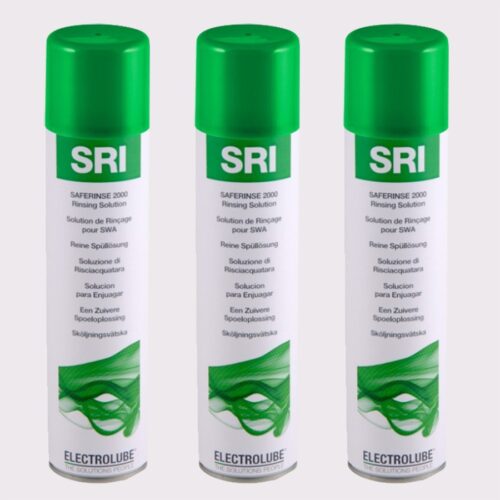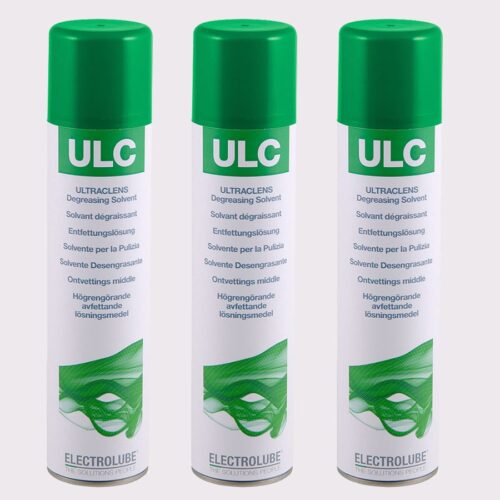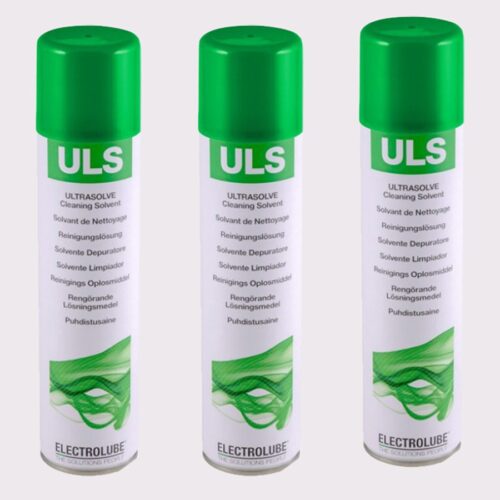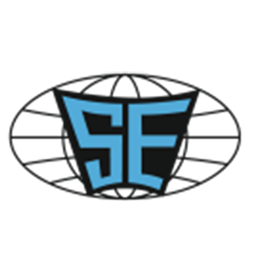Cleaning Chemicals- Cleaning Solvents at Sumitron
How do Cleaning Chemicals work to Clean PCBs?
Cleaning Chemicals- The most widely recognized approach to clean flux buildups from a maintenance region is to soak cotton or froth swab with isopropyl liquor or another cleaning dissolvable and rub it around the maintenance zone.
While this might be sufficient for no-spotless transition, where the objective is an outwardly perfect PCB. This may not be spotless enough when all the more vigorously approve motions are included, similar to RA or watery.
The leap in the closet is that transition/flux deposits won’t vanish alongside the dissolvable.
You may break down the flux, and a portion of the deposits will drench into the swab, yet the majority of the buildups will settle back onto the board surface. Ordinarily, these white buildups are harder to eliminate than the first flux.
Cleaning of Flux and Residues from PCBs
One speedy and simple improvement to this interaction is to wash the board subsequent to cleaning around the maintenance zone. While the dissolvable is as yet wet, shower over the whole board with a vaporized transition cleaner. Hold the PCB at a point to permit the dissolvable to stream over the board and runoff, alongside any deposits that acquire.
The straw connection that accompanies vaporize motion removers is a decent method to build the shower compels and infiltrate under the segments. Some vaporized transition removers accompany a brush connection. The cleaning dissolvable splashes through the brush, so fomentation can be expanded by scouring while at the same time showering.
To assimilate the transition deposits, a build-up-free poly-cellulose wiper can be set preposterous region, and the showering and scouring can happen over the material. At that point eliminate the wipe and brush connection, and splash over the board for the last wash.
Chemical cleaners at Sumitron
1. Electrolube FLU Fluxclene Cleaning Chemical
FLU Flux Cleaning Dissolvable is a quick-drying dissolvable transition remover uniquely figure out for the fast and proficient expulsion of motion deposits in the wake of binding.
It can supplant ozone-draining solvents, for example, CFC 113, and shows quick cleaning and quick vanishing rates. The cleaning force of FLU surpasses that of customary CFC-based solvents, effectively giving MIL-STD neatness.
2. SWA Cleaning Chemical
Safewash (SWA) is a market-famous and unique water-based electronic cleaner. It is for the most part utilize to eliminate natural buildups (oil, motion, and so on) and other ionic material from electronic sub-congregations in the least time.
3. SRI Cleaning Chemical
The Saferinse (SRI) is a de-ionized water flush intend to eliminate any foreign substance from the PCB and gives the last wash to guarantee remarkable tidiness of PCB.
4. ULC Cleaning Chemical
Ultraclens (ULC) is unrivaled without ozone dissolvable for hard and effective cleaning of basic electro-mechanical congregations. It is for the most part utilized in chilly cleaning measures and in applications where the use of water-based synthetics isn’t suggested.
5. ULS Cleaning Chemical
It is viable for use on plastics, seals, PCB segments, rubbers, and elastomers and is defined to eliminate a wide range of oils, oils, soil, and acrylic conformal coatings.
Tips to Prevent Circuit Boards [PCBs]
To stay away from filthy circuit sheets, you can make protection strides. Start guaranteeing any gadgets set to be OFF position if it is not in use position, as the probability of unfavorable repercussions coming about because of water harm essentially drops if the influenced regions dry before reactivation.
Exercise alert when dealing with circuit sheets:
- Disconnect the gadget from its force source
- Avoid remaining close to any water
- Wear dry garments
Dismantling equipment can be dangerous for the hardware, so ensure you see how to appropriately deal with the gadgets you work with and how to reassemble them back to their working state.
For all types of industrial cleaning solvents, you can contact Sumitron at @sumitron.com.

